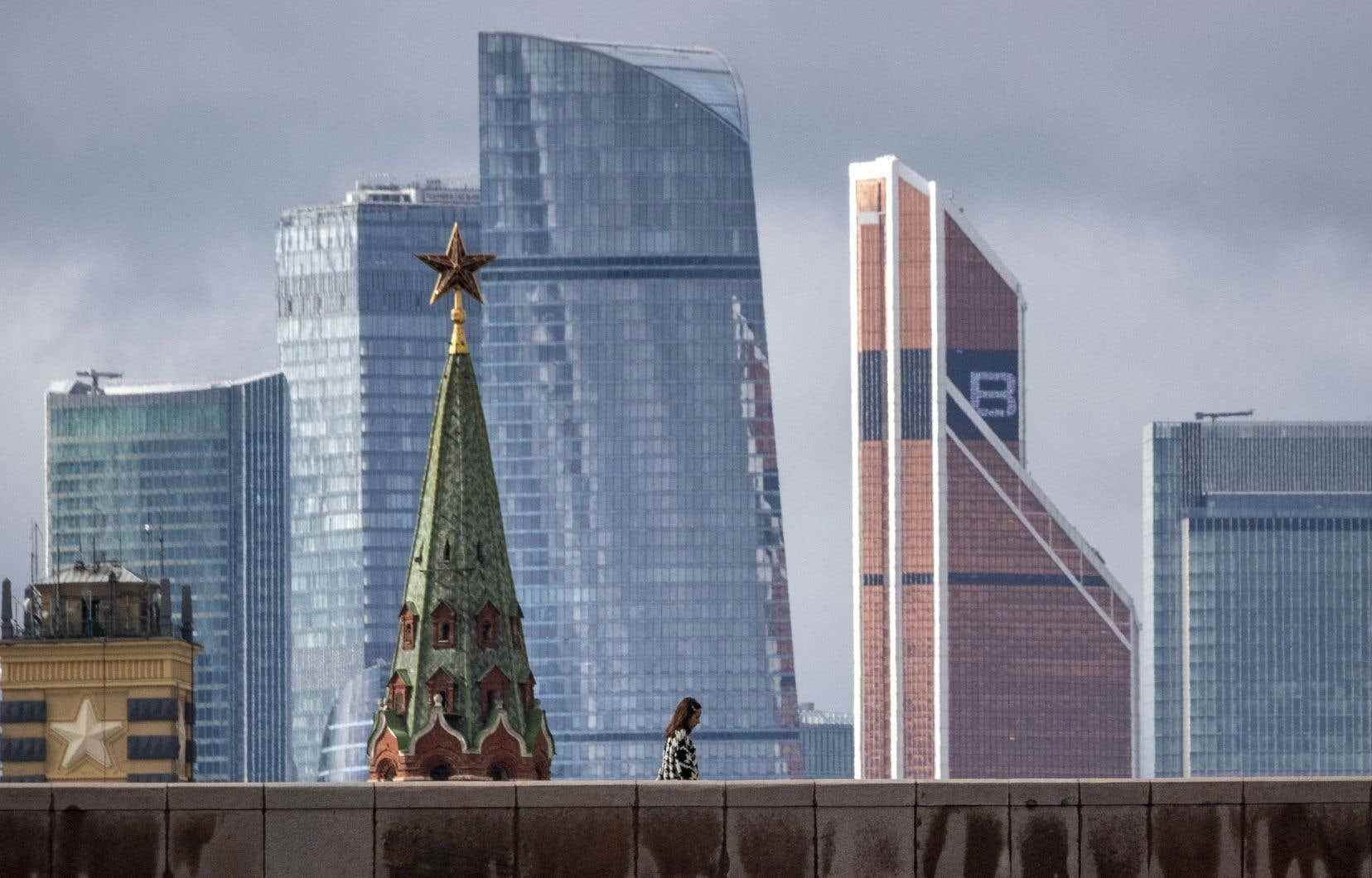Russia admitted Monday that two interest payments on its debt had not reached its creditors, which revives the specter of a default, even if Moscow denies it for the moment. Light on this situation and on the potential consequences.
Why does the threat of default reappear?
Russia was due to pay 100 million in interest on its debt on May 27, a deadline with a one-month grace period that expired on Sunday.
The Russian Ministry of Finance claimed to have paid the money in foreign currency from May 20. But he admitted on Monday that the money had not reached creditors because banking intermediaries blocked payments due to sanctions imposed by Western countries as a result of the war in Ukraine.
Since the end of May, the United States has prohibited Moscow from paying its debts in dollars.
How to know if Russia is really in default?
Traditionally, it is the major rating agencies (Fitch, Moody’s, S&P Global Ratings) that formalize a State’s payment default.
With the sanctions, “they are now prohibited from rating Russian sovereign bonds. We could well have a de facto default, without official proclamation by an authorized body, ”explains Éric Dor, director of economic studies at the IESEG business school.
It is now up to a committee of creditors, the Credit Derivatives Determinations Committee, to assess whether or not Russia misses payments. This committee had thus recorded in early June the non-payment by Moscow of 1.9 million dollars in late payment interest on a previous deadline.
It plans to meet early Wednesday afternoon to deliberate on the missed May 27 deadline.
It is also this committee that will decide to activate, if necessary, CDS (Credit Default Swap), financial products that serve as insurance against payment defaults on a debt.
For its part, Moscow assures that “the non-obtaining of money by investors is not the result of a lack of payment, but is caused by the action of third parties, which is not directly considered […] as an event of default.
What would be the consequences of a default?
Russia’s last default on its foreign debt dates back to 1918 and Lenin’s decision not to pay the debts of the Tsarist regime.
In the event of a new default, “Russia will no longer be able to borrow in international currencies”, explains Slim Souissi, teacher-researcher at the IAE of the University of Caen and former financial analyst at Fitch. “In the short term, it will have difficulty raising funds on the international markets”, and this could last “for years”.
Failure to pay can have serious consequences: in Argentina, the moratorium decreed in 2001 on the payment of the international debt of around 100 billion dollars had plunged the country into a deep economic, political and social crisis. And the Mexican default of 1982 was followed by a debt crisis in other developing countries.
The situation in Russia, however, is a little different. “There are payments for around 2 billion dollars by the end of the year, but that’s not what will destabilize” the global financial system, according to Éric Dor.
On the other hand, the situation could turn into a legal headache: Russian obligations are particularly vague concerning the jurisdiction capable of settling disputes between lender and borrower, according to legal experts interviewed by Agence France-Presse.
How is Russia trying to avoid default?
To circumvent the prohibition to pay its debt in dollars, Moscow ensures to make available, in rubles, the sums which it owes to its creditors near the National Settlement Depository (NSD), a Russian financial entity.
If “the reimbursement in rubles is not provided for in the contract of these obligations, it is considered as a default of payment”, underlines however Slim Souissi.
Moscow argues that the system allows Western holders of Russian debt to recover their money, by requesting the conversion into the currency of their choice of sums deposited in rubles with the NSD.
But getting the funds out of Russia remains tricky, and “investors have been reluctant to open accounts at the NSD anyway,” notes Éric Dor.
